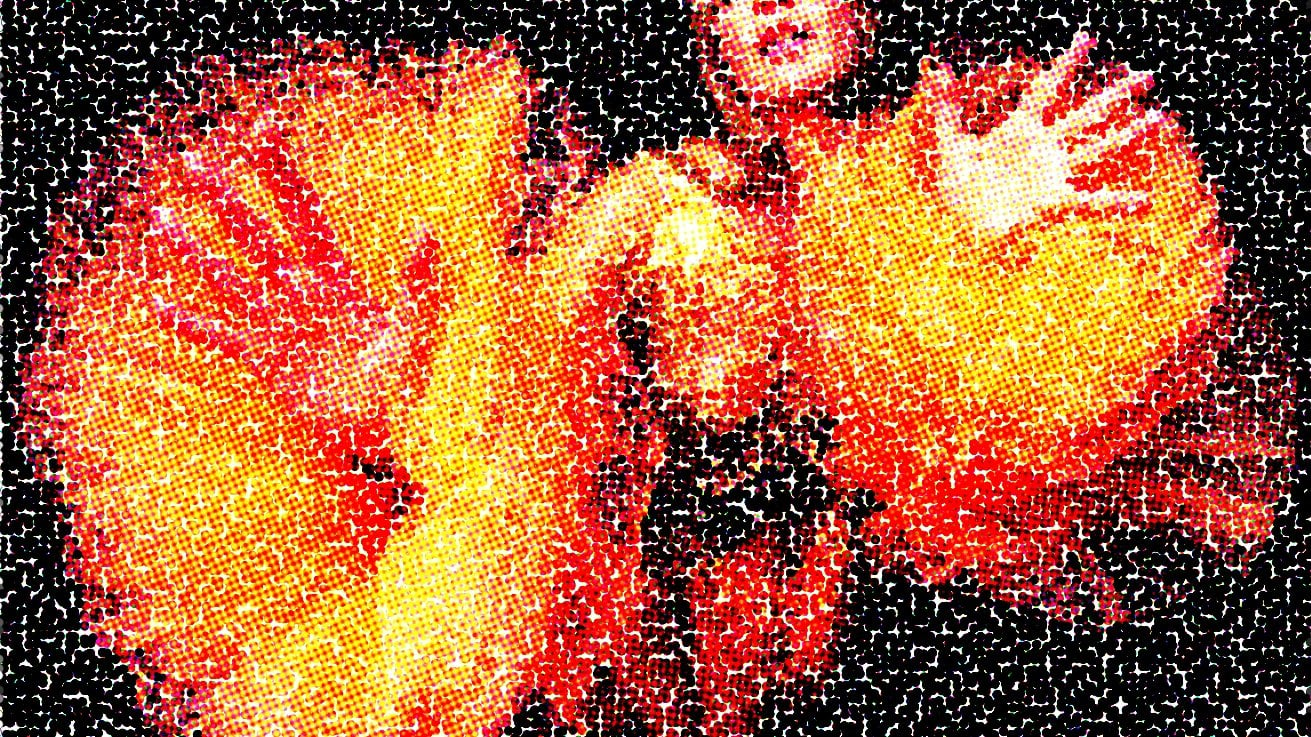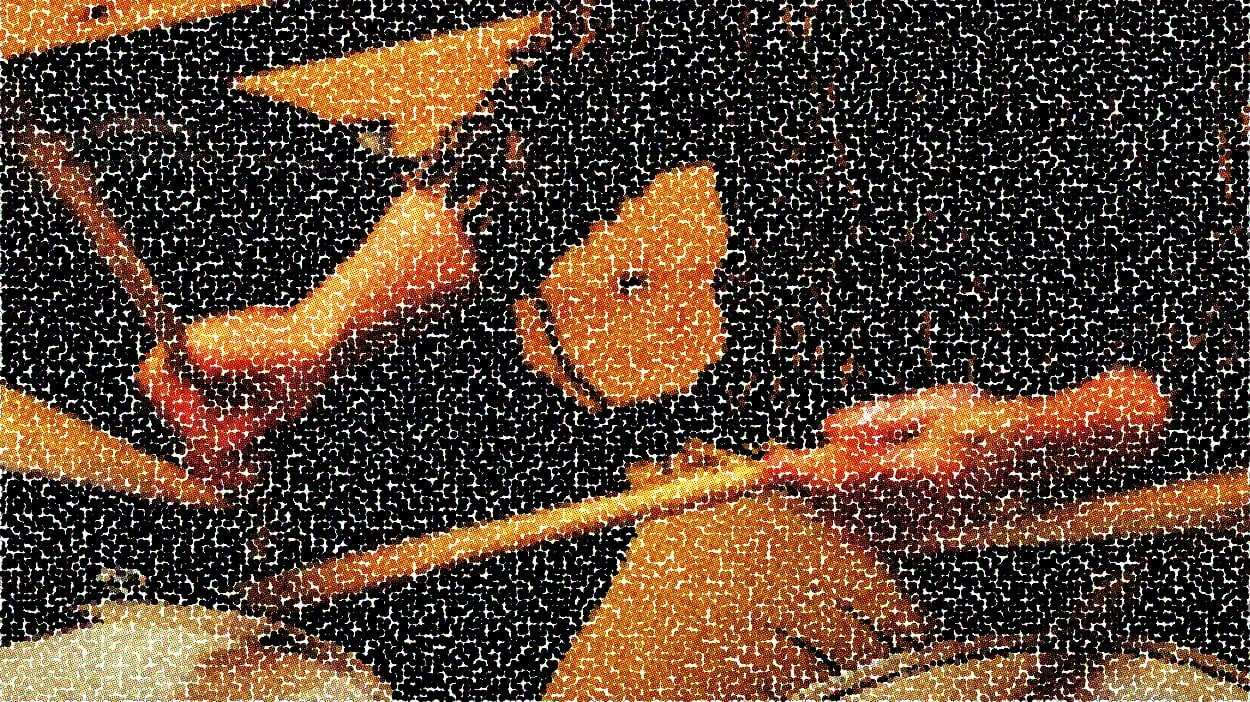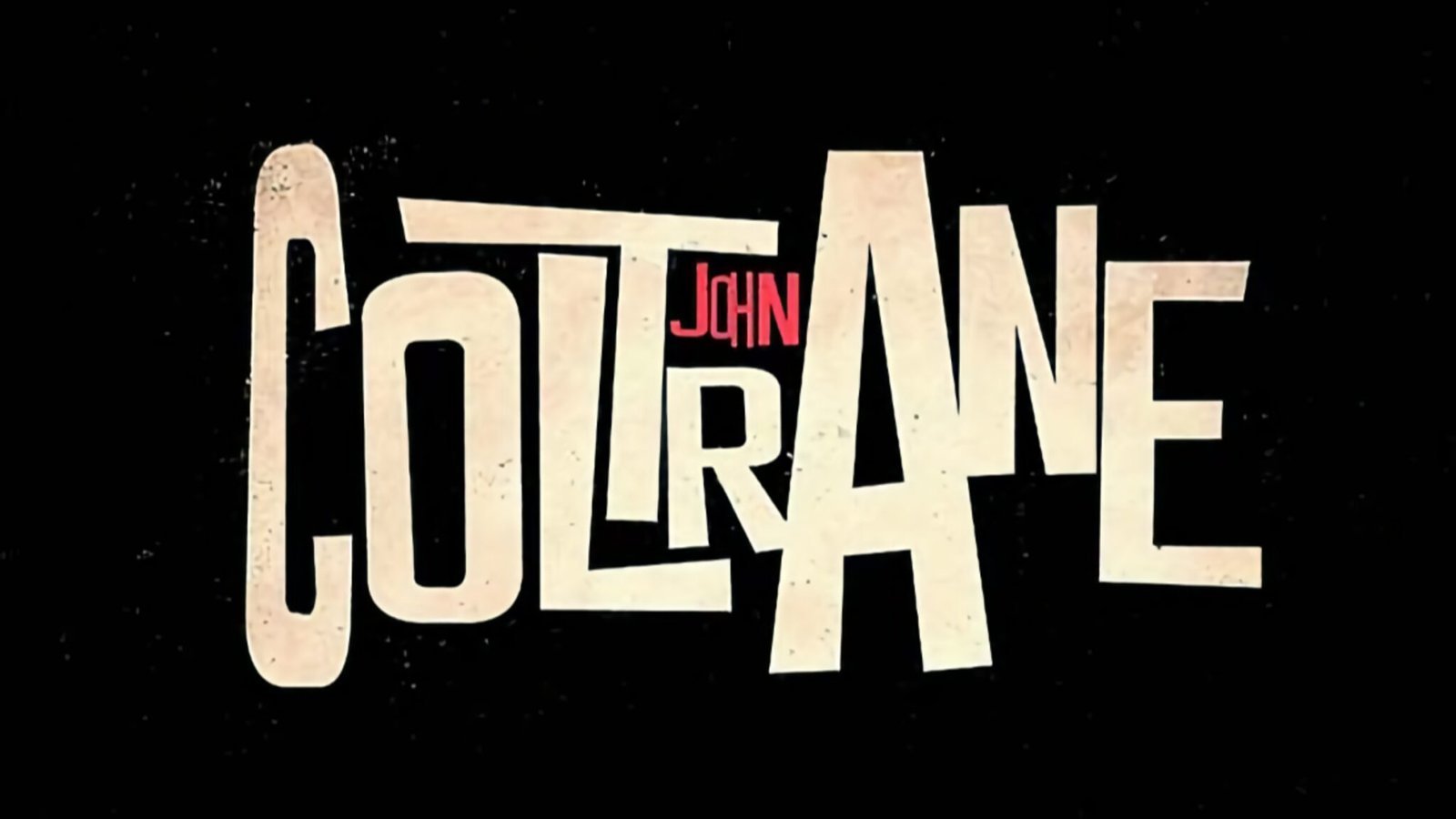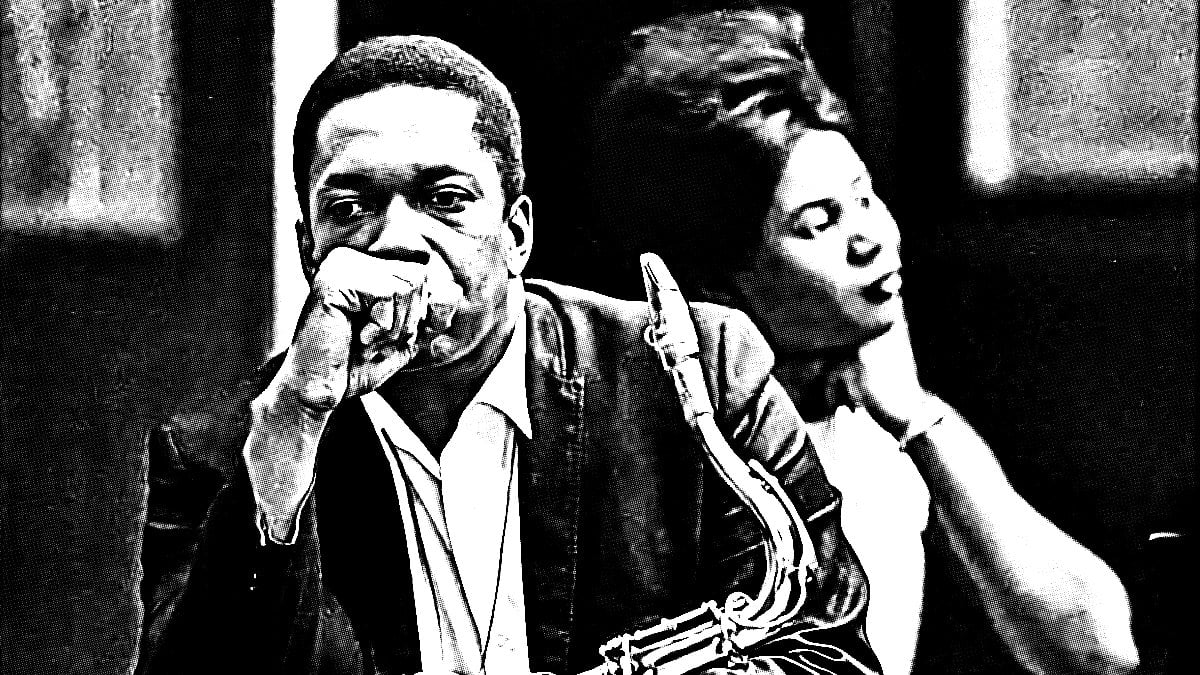
I should talk about my podcast work. It’s going well! My main gig is the Spotlight On podcast, hosted by music industry vet and erudite interviewer Lawrence Peryer (LP). Several months ago, I was promoted (I suppose that’s the word—it’s a two-man operation) from editor to full-on producer/manager of the show. That means I’m handling nearly everything outside of hosting.
I’m having a blast and am thankful that I’m working on such a terrific podcast. I’m always learning, a state I strive for in any project I take on. In addition to production and marketing duties, I suggest and book some of the musician guests, but LP tracks down the majority, who are mostly new to me. Fortunately, LP’s musical taste converges nicely with mine, so I’m discovering loads of new artists through the podcast.
This week’s guest is the German jazz drummer Mareike Wiening. This is my first encounter with her, and I am digging her jazz tidings. Check this out:

You can listen to her episode and all the others from the Spotlight On webpage. Or, if you want to be a superstar in my book, subscribe via wherever you get your podcasts.
Pro tip: Be sure to peruse the show notes. Compiling show notes is one of my favorite chores, and I give them a lot more attention than I probably should. I always slide in links to one or two fantastic articles or things tangentially related to the show.
A few months ago, there was a last-minute guest cancellation, so I became the guest. LP and I freeformed for a bit and released our gab session as an episode. I’ll embed it below as it’s found nowhere else on this blog, and I think it’s a fun chat. Some hot takes (well, ok—more like lukewarm) get dropped, too.
Another thing I’ll embed today is Opening Space, an album from Open Spaces on the Oakland-based ambient label Constellation Tatsu. Its Bandcamp release date of March 3, 2020, may seem prescient—mere days before the initial pandemic lockdowns—as producer and audio engineer Chris Hancock explores placing his music in imaginary environments. It wouldn’t be long before contemplating environments outside of our four walls was a hot new trend.
Open Spaces, the project name, designates Chris’s experiments in 360 audio, including heady-sounding technologies like, as noted on his blog, “binaural recording and ambisonic spatialisation software.” The opening track—”Opening Spaces,” natch—is a salvo of an example, flitting bird songs right out of Herzog’s jungle accompany a warm, harmonium-like drone before nature gets reversed. Time travel, expressed best as sonic art form.
The album continues to mine and develop these notions with gently pulsing drone work and elegantly located sound markers. “Compassion” adds distant percussion booms and a seemingly improvised but effective dream vocal from Michelle McCosker for a piece that made me think of Dead Can Dance warming up at soundcheck. And then “Some days are easier than others” (caps absconded) opens things up with a string-plucked motif driving a polite but shady crawl. In the last third, additional melodies and bass lines subtly appear and wash the clouds away with peeks of sunlight. It’s a generous production on its own merit, but it must have sounded downright ebullient in its time within the confines of closed-in spaces.




